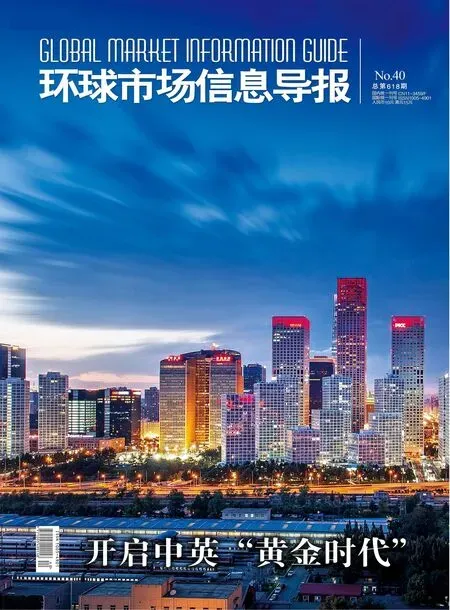Starting the Sino-British “Golden Era”
Starting the Sino-British “Golden Era”
COVER STORY
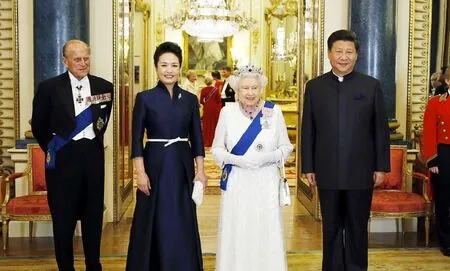
As an old Chinese saying goes, a man should be able to think for himself at thirty, and began to be immune from perplexities at forty. Since the normalization of the Sino-British relation in 1972, the Sino-British relation has ushered in the Age of 40s to 2015. With the late autumn falling in both Beijing and London, Chinese President Xi Jinping’s visit to UK has yielded abundant results. Both sides signed and reached tens of agreements and consensuses, involving in such aspects as capital construction, energy, trade, finance, innovation, medicals, education, and films & television, with a total value of 40 billion pounds and making 4,000 job opportunities for the UK.
UK Philosopher Francis Bacon said, “the golden era is before us, not behind us”, which was cited by President Xi Jiping in the important speech at the City of London. On October 22, China and the UK jointly issued the Joint Declaration of Both China and the UK to Build a Global Comprehensive Strategic Partnership for the 21st Century, announcing that Xi’s visit started a golden era of lasting, open and win-win Sino-British relations. Both sides will enlarge bilateral trade investment, and mutually support economic competitiveness and innovation to benefit two countries’ people in the future ten years.
2015 is the year witnessing the opening of the second ten years of that both China and the UK building comprehensive strategic partnership, and also the year for the golden opportunities coming in the Golden Era.
China and the UK ushering in the Golden Era hand by hand
The Sino-British Golden Era can’t do without the powerful support of economy. On the basis of this, there are more and more frequent contacts between countries. On the second day of President Xi’s trip, UK Prime Minister Cameron declared that the UK government will approve two-year multiple entry visa for Chinese tourists to the UK, and possibly further extending to ten-year multiple entry visa, so as to attract Chinese tourists.
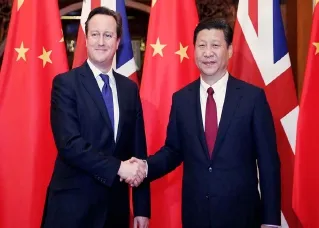
How do both China and the UK go towards the Golden Era?
From the golden year to ten golden years, and from the golden age to the golden era, the word “golden” is written at the headlines of Chinese and UK media constantly, becoming a prefix of current Sino-UK relation before President Xi visited to the UK. So, how do both China and UK go towards the Golden Era?
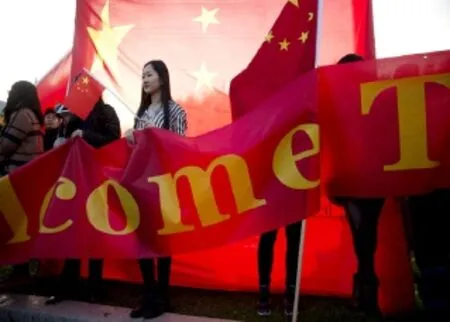
China and the UK initiate the new pattern of relationship between great powers
Both China and the UK decide to jointly build the global comprehensive strategic partnership for the 21st century, and jointly open a golden era of lasting, open and win-win Sino-British relations. China and the UK set up an example of cooperation of a large developing country and large western countries, which is the new practice of the great power diplomacy with Chinese characteristics, and also left an indelible mark on the progression of the world peace and development.

CBD Report
Successful holding of the 8th International Roundtable of Multinational Corporation Leaders in Beijing CBD
On 6—7th November 2015, the 8th International Roundtable of Multinational Corporation Leaders was held successfully in Beijing by China International Council for the Promotion of Multinational Corporations (CICPMC), United Nations Development Program (UNDP), United Nations Conference on Trade and Development (UNCTAD), United Nations Environment Programme (UNEP), United Nations Industrial Development Organization (UNIDO), United Nations Global Compact, and CCTV.
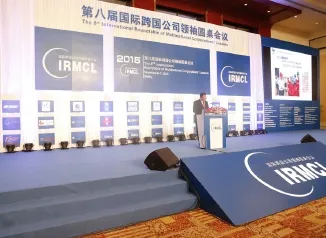
CBD Study
Review of studies on value-added export accounting model and global value chains
In the background of increasing detailing of international labor division and the rapid growth of intermediate goods trade, how to calculate value-added trade has become an important topic in the global value chain studies in the international trade field in order to overcome malpractices such as repetitive computation in traditional trade statistics. This article summarizes studies and practices of global value chain computing model in the recent international trade field, and analyzes status quo, main contents and the latest development trend or exploring direction of value-added trade calculation study. On the basis of specific introduction to the representative value-added export accounting model, it is also intended to analyze the specificity of how to computing upstream and downstream industrial value-added export, and the measures of indexes such as the position, participation rate and competitive edges in an enterprise in the global value chain. Finally, it gives brief introductions to some extending analyses on value-added computing model.


